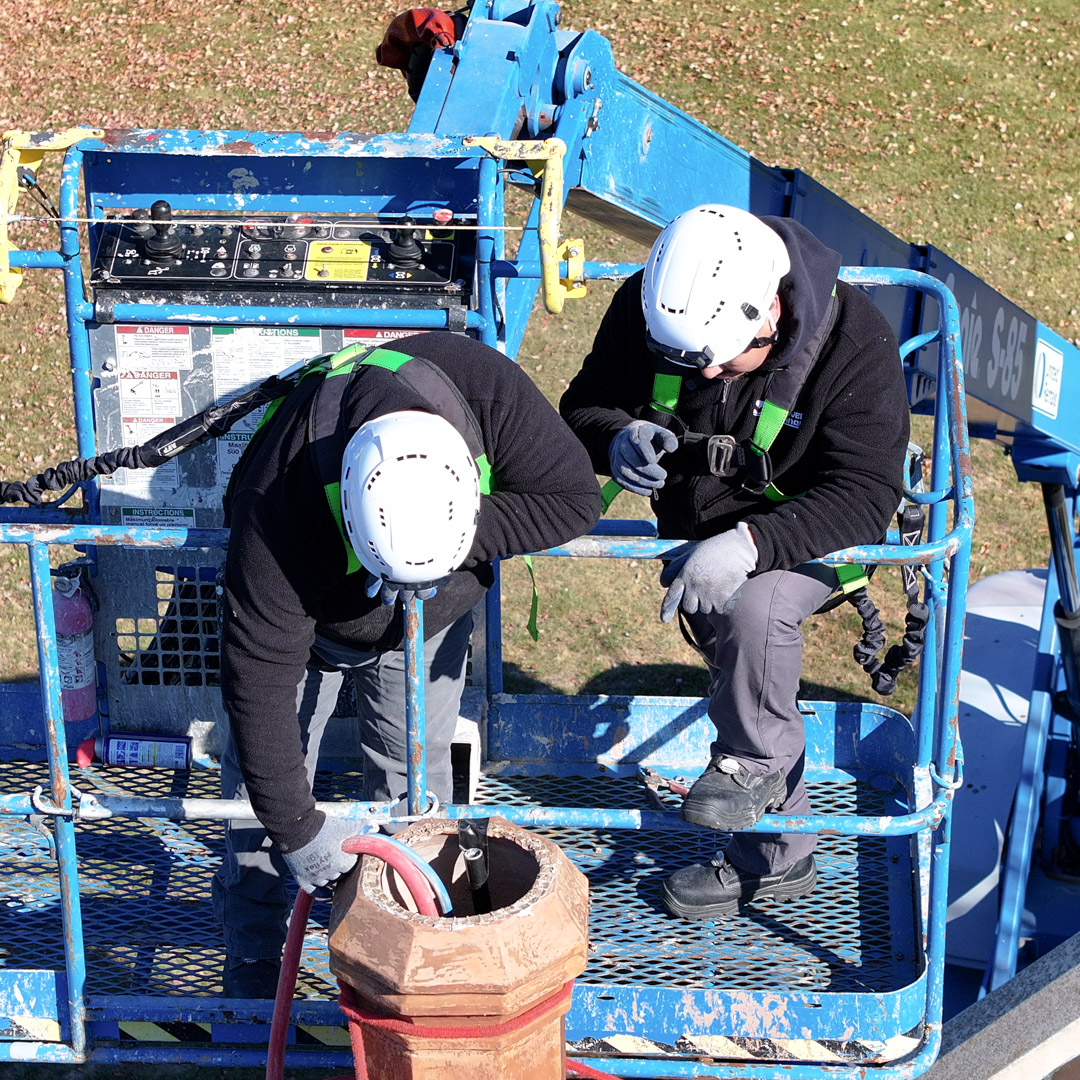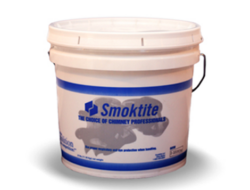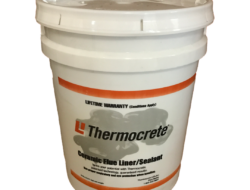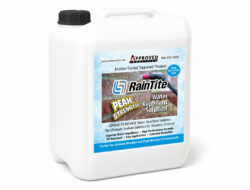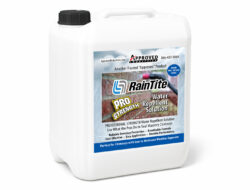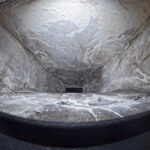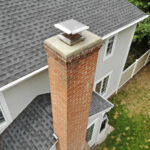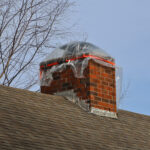The United States is home to many historic residences, some over 275 years old. While the White House is arguably the most famous historical residence, the Biltmore Estate in North Carolina is the largest privately owned historic home. A common thread woven through these historic residences is the chimney—often intricate masonry structures that have withstood the test of time.
Preserving these historical chimneys, each with its unique challenges, is a task that requires specialized knowledge and skills. According to the National Register of Historic Places, over 90,000 buildings are recognized for their historical significance. Within these structures, chimneys are not merely functional elements but integral components of the building’s character, reflecting the period’s architectural styles and technological advancements.
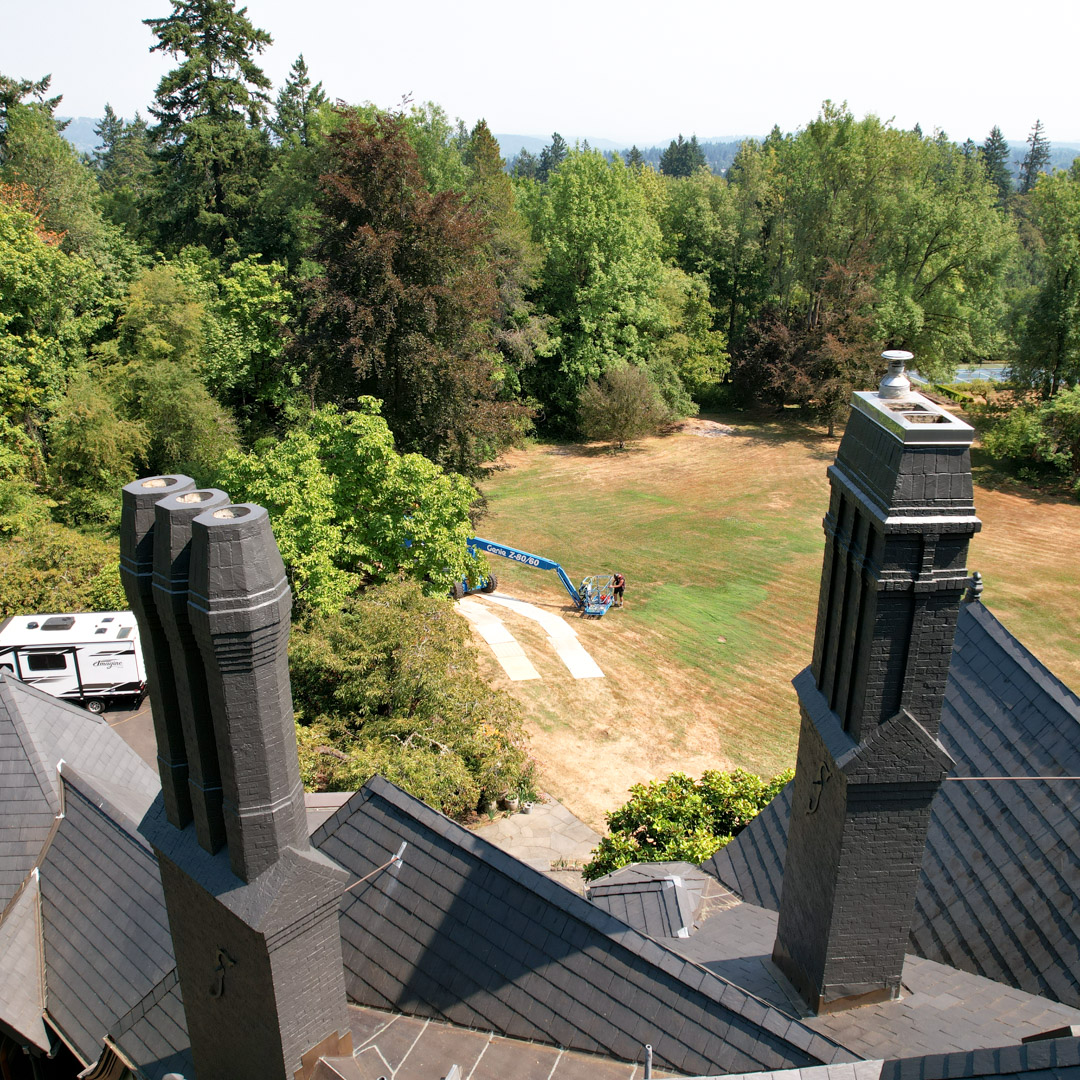
Overcoming The Challenges of Time
For centuries, chimneys have been subjected to the relentless forces of nature. Freeze-thaw cycles, wind, rain, and the corrosive byproducts of combustion degrade masonry, leading to cracks, spalling, and structural instability. Preserving these vital architectural features requires a delicate balance between maintaining their historical integrity and ensuring their continued functionality and safety.
At Approved Industries, our team of experts has developed innovative ceramic coatings and thermal protective systems. These solutions are ideal for chimney and fireplace professionals specializing in historic chimney preservation.
Creosote Accumulation
Older chimneys, particularly those with inconsistent maintenance, are susceptible to creosote buildup. This highly flammable substance, a byproduct of incomplete combustion, dramatically increases the risk of chimney fires. Regular inspections and professional cleaning by a sweep experienced in historic preservation are vital.
Mortar Deterioration
Decaying or missing mortar joints, common in aging masonry, compromise structural integrity. This deterioration, caused by years of exposure to the elements, can lead to instability and even collapse. Skilled professionals employ tuckpointing, a masonry technique that replaces damaged mortar with a color-matched compound, to restore structural soundness.
Flue Liner Damage
Most older and historical homes have chimney flues lined with a terra cotta liner, while some may have no liner at all. The flue liner protects the masonry from the intense heat of burning wood logs in the fireplace or stove. However, age, wear, water damage, corrosion, and even small chimney fires cause the liner to crack and blister. When this happens, heat can escape through the masonry walls, causing a fire in the chimney that can quickly spread to the attic and the entire house. When an inspection reveals cracks in the flue, applying Thermocrete® restores the liner, saving the cost of a complete replacement.
Cracked Crown
The chimney crown, the uppermost layer of masonry, bears the brunt of weather exposure. Cracks, resulting from freeze-thaw cycles, settling, or seismic activity, allow water infiltration, leading to internal damage. Even tiny hairline cracks allow rain to seep inside the chimney, where it can cause significant internal damage to the structure. Repairing small fractures on your chimney crown is as easy as applying Evercrown® to seal surface cracks.
Smoke Chamber Parging
Older homes have chimney flues constructed with corbeled brick smoke chambers. This old “stair-step” method of alternating bricks has sharp edges that are more vulnerable to creosote buildup and cracks, making it more difficult for smoke and exhaust to move up the flue smoothly and exit the house. Most building codes have adopted the National Fire Protection Association (NFPA) standard requiring the smoke chamber to be parged smooth. Smoktite® is a thermal protective system many chimney professionals use to restore the smoke chamber with a smooth, heat-resistant surface.
Chimney Waterproofing
Masonry, despite its durability, is porous, allowing water absorption. This moisture intrusion leads to efflorescence, freeze-thaw damage, and structural weakening. We recommend sealing your historical masonry chimney with Raintite®. It’s much more than just waterproofing. Raintite® bonds within the masonry’s pores, protecting it from the inside and prolonging the chimney’s lifespan. Raintite® is not just for chimneys. It’s safe and effective for preserving virtually any masonry surface, such as walls, sidewalks, driveways, and patios in older and historic residences.
Approved Industries Solutions for Historical Chimney Preservation
Approved Industries provides innovative solutions for historical chimney preservation for chimney professionals and homeowners. These specialized coatings provide a durable barrier against moisture, preventing further deterioration and extending the chimney’s lifespan. They can also improve thermal efficiency, reducing heat loss and enhancing the performance of fireplaces and stoves. Importantly, these coatings maintain the original appearance of the masonry, preserving its historical character.
For Chimney Companies:
Are you interested in offering our advanced coatings to your customers? We offer attractive partnership opportunities, including wholesale pricing and marketing support, to help you expand your service offerings and increase revenue. Contact us to discuss how we can work together.
For Homeowners:
Hey homeowners! Approved Industries offers durable, cost-effective, water-resistant chimney maintenance and repair solutions. Our products are exclusively for professional use by factory-authorized chimney sweeps, repair technicians, and fireplace installers.
Click here to find an authorized Approved Industries installer near you. If you don’t see one in your area, contact your local chimney company and ask them to consider offering Approved Industries solutions to preserve your historic chimney’s elegance. We’re committed to making our products accessible to homeowners, and we’re here to help you find the right professional for your chimney maintenance needs.

